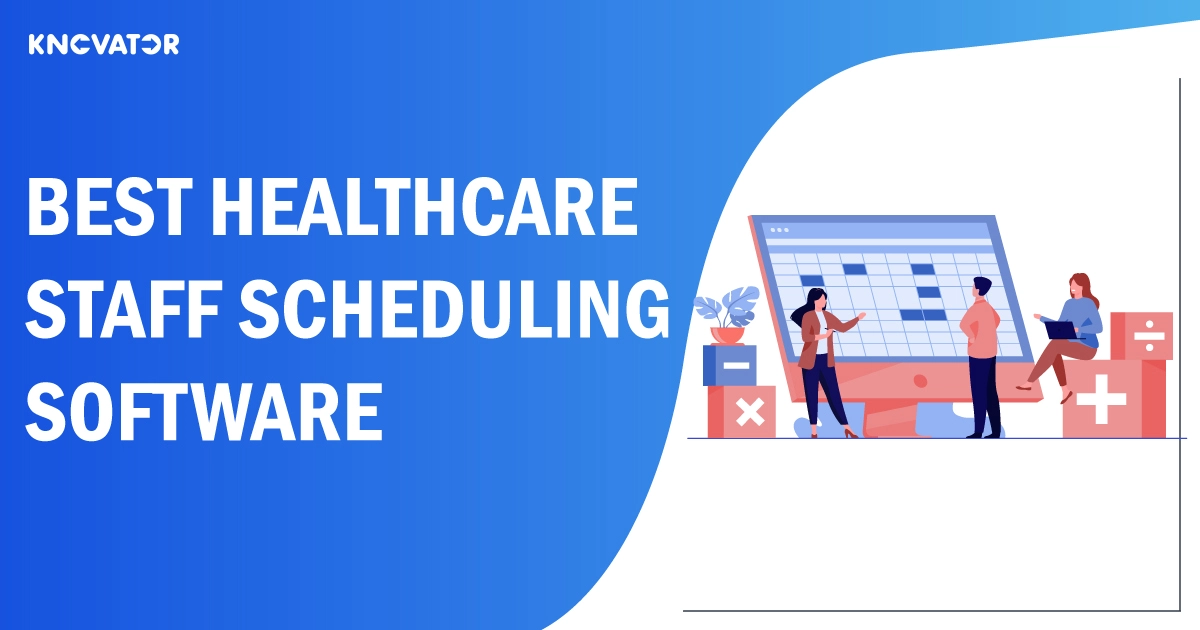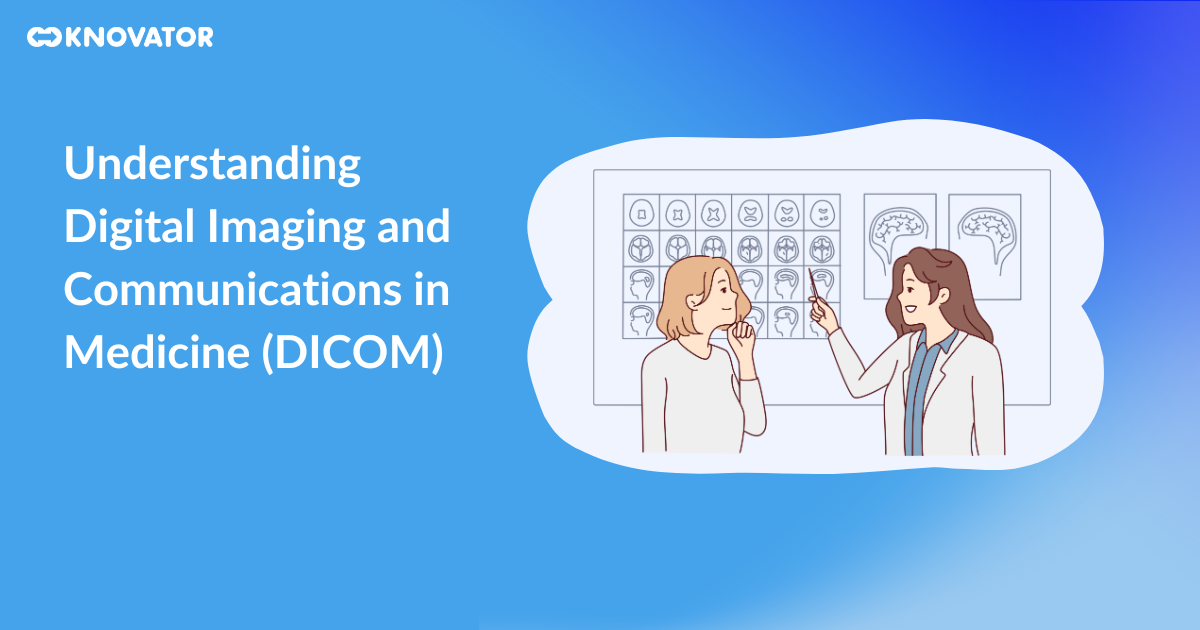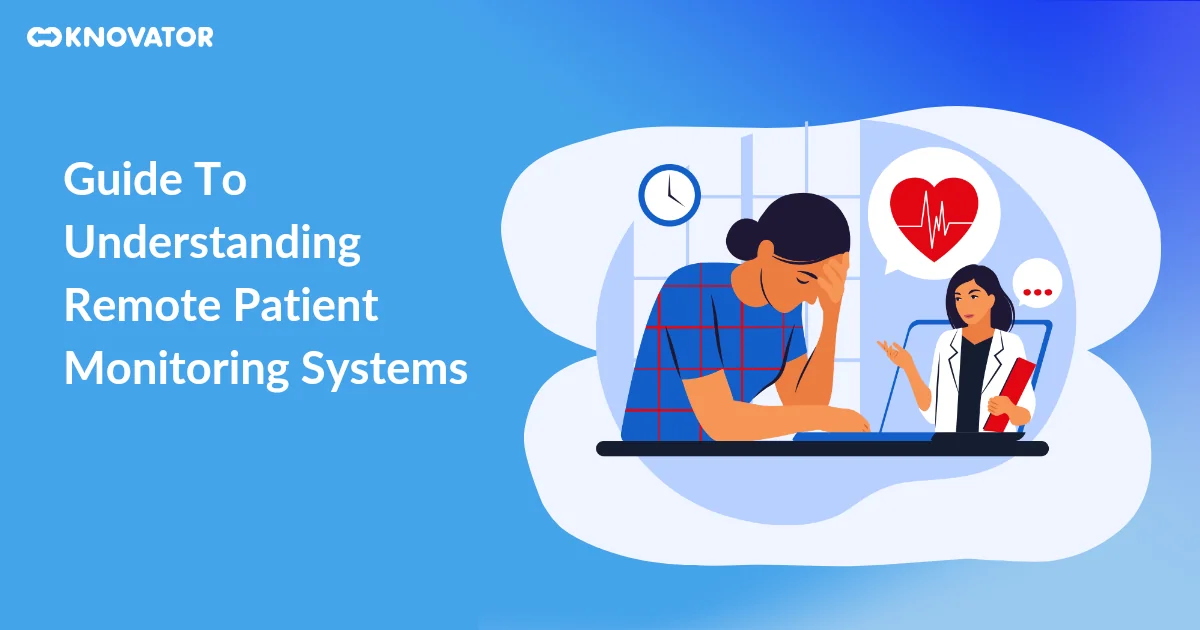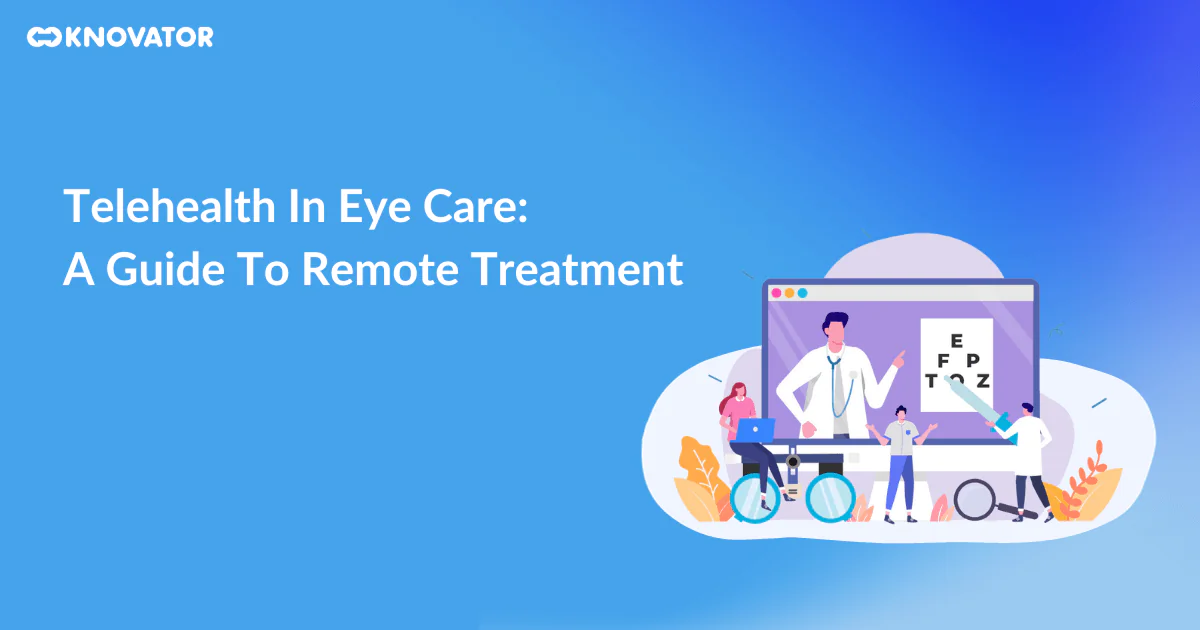The optimal distribution of your staff’s work time plays a pivotal role in determining the success of your practice. Still, numerous associations spend a large portion of their time optimizing schedules. For associations that serve walk-in cases like critical care centers and ERs (emergency rooms), determining demand and volume while aligning them with staff availability sometimes poses a challenge. Sounds familiar?
A sound scheduling system helps reduce the delay time for cases while perfecting the application of critical resources. It aids in tracking the availability of croakers and nurses, patient appointment operations, projecting patient demand for service, and automating resource assignments as demand grows.
With this theme, we will take you through the important fundamentals of healthcare staff scheduling software and some of the crucial features that associations must consider.
What is Healthcare Staff Scheduling Software?
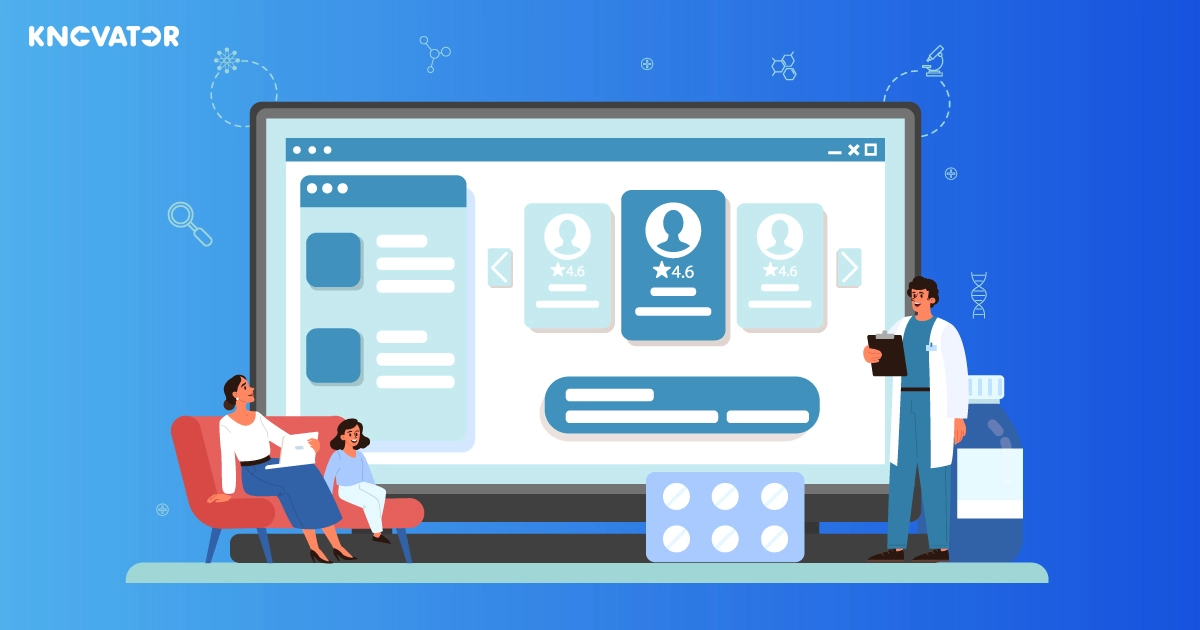 As the name suggests, it helps manage, optimize, and automate the scheduling process of staff across medical installations like hospitals, private practices, conventions, nurses, frontal office staff, and lab technicians.
As the name suggests, it helps manage, optimize, and automate the scheduling process of staff across medical installations like hospitals, private practices, conventions, nurses, frontal office staff, and lab technicians.
Now, scheduling results are equipped with personalization and rigidity features that help you increase effectiveness and improve practice and service performance. They enable seamless manage routine tasks per the staff’s schedule, induce timesheets, track overtime, and record off days, leaves, and sick leaves.
Produce schedules via drag-and-drop functionality and automatically notify workers (rather than reaching out and coordinating manually with them).
Shoot automatic mobile messages and dispatch announcements to workers anytime there’s a change to the schedule.
Display each worker’s unapproachable hours on the timetable so you can work around them when you sit down to produce a schedule.
Handle all your time off requirements (e.g., workers can request paid and overdue time off within the app). Time off balance reports is easily accessible. And so forth.)
Allow workers to send shift trade requests to one (or more) teammates, subject to your approval.
The list goes on.
In short, healthcare businesses can significantly profit from using staff scheduling software, especially when compared to feckless tactics like Excel, which generally waste further time and money.
Benefits of healthcare staff scheduling software
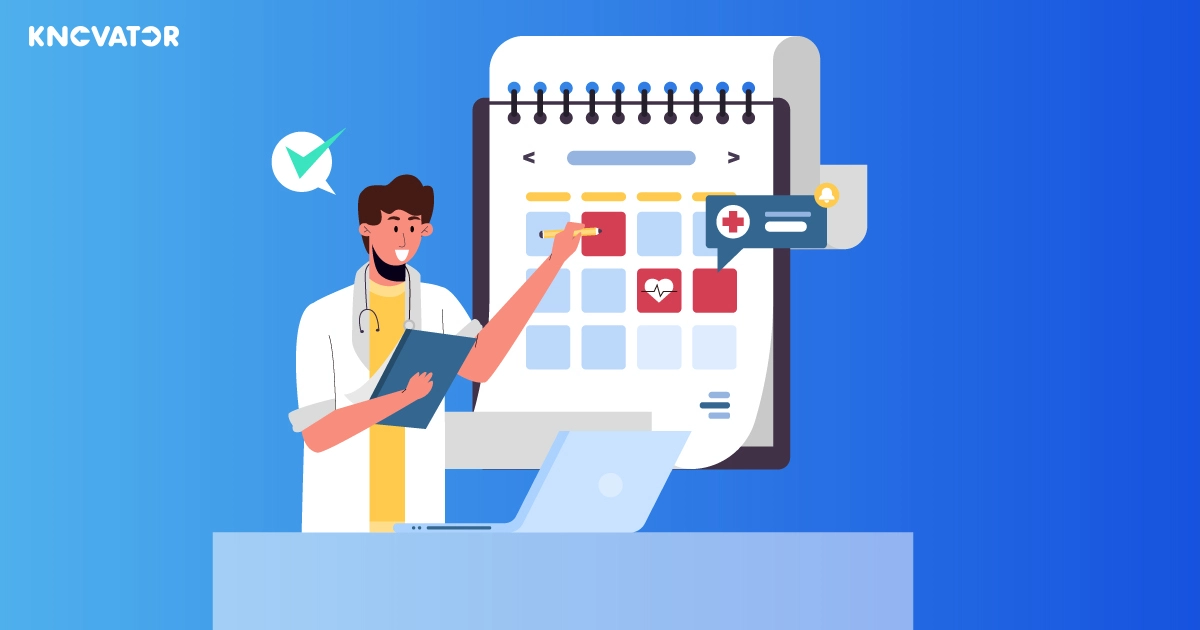
Here are a few benefits of using the staff scheduling software for healthcare companies:
Let’s get into detail.
Creating Win-Win Shifts with Automated Scheduling
Automation helps simplify tasks like covering overtime and tracking compliance and absenteeism. Also, there’s no need for directors and staff to produce a shift assignment. This includes other benefits like lower chances of no-shows, reduced overtime, and complete visibility into crew schedules.
Puts workers at the core of operations
Your job as an association is also to support and nurture your staff in a way that helps them stay productive and satisfied. Advanced worker engagement results from increased job satisfaction, productivity, profit, and deals. This is the power of laboriously engaged workers ready to go above and beyond to achieve organizational pretensions. But how do you measure that? You must give your workers a voice and let them learn through real-time and continuous feedback. This will help you get to the root of problems and realign processes.
Controls your labor costs
Healthcare leaders have been scrabbling to manage their costs. This frequently involves a close look at your staff. Still, cost reduction doesn’t inescapably mean layoffs, especially in a new normal that formerly struggled with many nursing failures. That is why, in cases where ultra-cheap labor is used, labor application must be planned and covered at an administrative level to simplify decision-making.
With the development of staff scheduling software healthcare, frontline administrators now have the information they need to make informed decisions to reduce the use of low-wage labor while ensuring that their duties are still carried out. It helps with the computation of overtime rates and real-time hand allocation. These perceptions help you proactively form opinions and allocate staff for shifts so that you can drastically reduce overtime costs.
Ensure compliance with labor laws
Staff scheduling software for healthcare is critical between operations and the regulations that control them. To accommodate changes in regulations with labor laws and collective bargaining agreements (CBAs), healthcare associations calculate automated scheduling to manage last-nanosecond changes better. Also, it’s likely to produce challenges for businesses with homemade practices. Scheduling software provides integrated compliance capabilities to ensure compliance across the scheduling lifecycle.
Now that you know the advantages, let’s look at some of the main attributes of staff scheduling software for healthcare and its effects on your company.
Related : Benefits of Remote Patient Monitoring
Key Features of Healthcare Staff Scheduling Software
 1. Customization
1. Customization
To maximize the workforce, a flexible scheduling solution addresses all challenges nurses confront. You need scheduling software that can accommodate all preferences, rotations, and last-minute changes in addition to being able to scale. A healthcare professional’s shift is rarely stable; rather, it fluctuates often from shift to shift.
2. Available on mobile
Being a healthcare worker inherently entails being active and always on your feet. It is just inefficient to have a software application for scheduling medical personnel that is only available on a desktop or an internal logging system.
Mobile functionality is a critical element that may empower your workers since it is a better approach to engaging a remote workforce and increasing communications. Healthcare professionals must be able to quickly submit requests, get notifications, and interact with one another, while solutions must be conveniently available and protected on all personal laptops and cellphones.
3. Admin oversight
Software for scheduling medical professionals helps lessen the need for administrative supervision, but it also gives managers a second pair of eyes. While some scheduling software systems still offer control via approval procedures, others require administrative authorization settings for employees to input their schedule choices freely.
4. Employee monitoring
Software that schedules medical professionals always keeps a tab on worker activities. The days off paid time off, and overtime worked by workers may all be tracked and stored by even the most simple scheduling applications. The same parameters are analyzed by more sophisticated scheduling software applications to provide HR departments with additional context for identifying trends and other insights. Some even automatically and error-free communicate information about aspects like hours worked, overtime, sick time, and PTO to payroll.
Best Healthcare Staff Scheduling Software
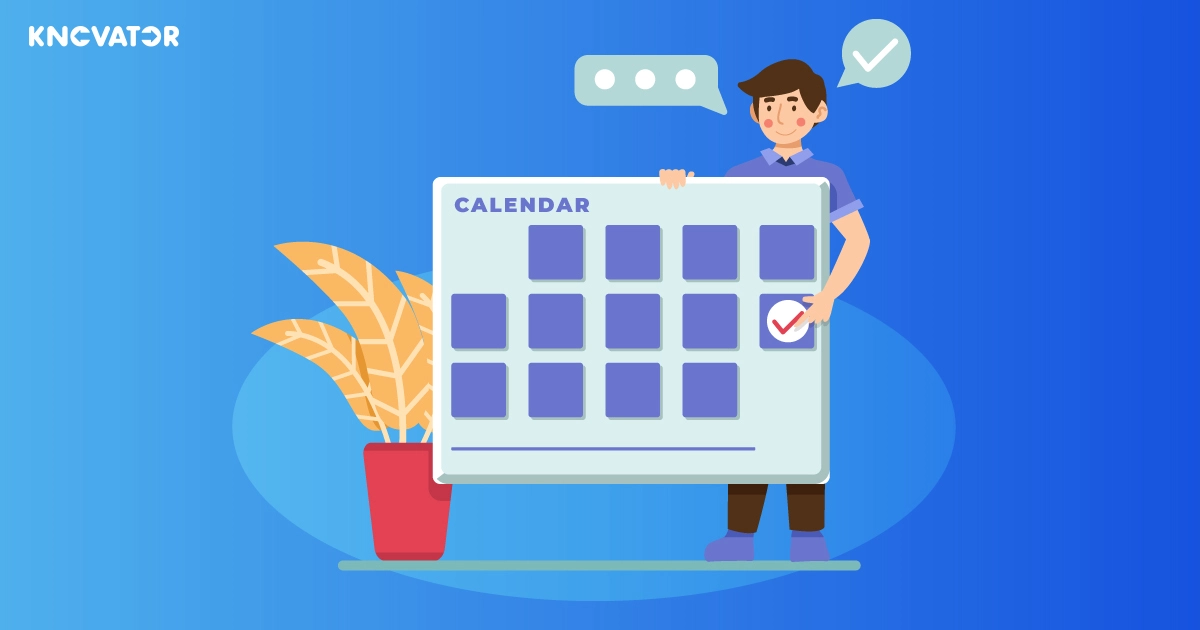 1. Deputy
1. Deputy
Staff scheduling software for healthcare and time monitoring is available using the workforce management tool Deputy. It supports Point of Sale (POS) system connections and is accessible as a web and mobile app (Android and iOS).
Key Features
- Depending on demand indicators like sales traffic estimates, it automatically generates schedules using AI.
- It allows managers to change shifts based on credentials and availability simply.
- Managers can use the desktop or mobile app to communicate with their team by sending shift notification messages to the workers.
- It lets you schedule different breaks for staff to ensure labor law compliance.
When I Work
When I Work is a time clock and employee shift scheduling tool. You can manage schedules, monitor attendance, and interact with your personnel through a single app.
Key features
- You can make schedules rapidly using copy-paste, shift templates, and auto-scheduling.
- Allows workers to exchange shifts, request time off, and indicate availability.
- gives workers access to free mobile applications for Android and iOS that let them communicate, check timetables, and keep track of their time.
- Allows you to create warnings, thresholds, and limitations to stop pointless overtime.
ScheduleFlex
Shift board’s ScheduleFlex is a software application for personnel scheduling aimed at service-related areas, including the government, contact centers for customer assistance, and healthcare. With payroll applications like Ceridian and Paychex, it enables integrations.
Key features:
- Enables schedules to be created and modified by managers based on the credentials and availability of the workforce.
- Depending on your company’s objectives, offers solutions for scheduling improvement.
- Includes a variety of alternatives for flexible scheduling, such as full-time vs. part-time workers.
- Enables mobile app access for self-service employees, allowing them to view real-time schedule updates.
Homebase
Homebase is an app for managing human resources (HR) and scheduling employees. It works with a variety of POS and payroll applications.
Key features
- Provides auto-scheduling and schedule templates.
- Sends SMS, email, and in-app alerts to team members, informing them of published and updated schedules and forthcoming shifts.
- Provides tools for managing leaves of absence and tracking staff availability.
- Allows you to create alerts during overtime.
Paycor
Paycor is an Employee scheduling tool included in the all-in-one HR software. With just one app, it enables businesses to handle scheduling, payroll, taxes, onboarding, and compliance.
Key features
- Managers can simply develop templates, make timetables, and allocate personnel shifts.
- Provides a mobile application to organize schedules and give reminders for shifts.
- Enables team members to switch shifts and express their availability.
- It provides the option to create labor budget limitations and expenditure estimates.
Zoho People
Zoho People assists firms in streamlining and automating several HR procedures, including employee scheduling. It is a piece of the Zoho software package containing apps like Zoho Books and Zoho CRM.
Key features
- It allows you to put a shift rotation mechanism in place.
- It enables you to specify and schedule breaks.
- Notifies your workers of any changes to the schedule automatically via online and mobile apps.
- Enables the automatic tracking of attendance depending on the timetable.
QuickBooks
QuickBooks Time is a cloud-based time tracking and scheduling software with payroll and invoicing functions. It is natively integrated with the accounting app QuickBooks Online.
Key features:
- Allows managers to build and modify shift schedules by dragging and dropping data.
- It gives a live list of available workers for projects that need to be done immediately.
- Supports automated scheduling alerts through PC and mobile applications (for Android and iOS).
- Only managers should be able to make and modify schedules thanks to permissions.
7shifts
With capabilities to assure labor law compliance, 7shifts is a time-tracking and scheduling tool often used in the restaurant sector. Slack and Google Calendar are just a few applications it can integrate with.
Key features:
- Creates a staff schedule by letting managers drag and drop shifts.
- Displays on a calendar the schedule, the number of hours worked, and the employee compensation.
- Maintains a record of each employee’s presence and time during a shift.
- Notify your workers of schedule changes using mobile apps (Android and iOS).
Conclusion
The time spent manually creating work schedules may be reduced with a scheduling tool, which can help automate and streamline the process.
You can make the best healthcare staff scheduling software decision for your Healthcare company using the comparison chart in this article.
But Knovator is an excellent option if you’re searching for a solution for managing staff scheduling software and tracking their attendance and work hours in real-time. It also has several other services to increase your business’s overall productivity, including payroll and reporting.

